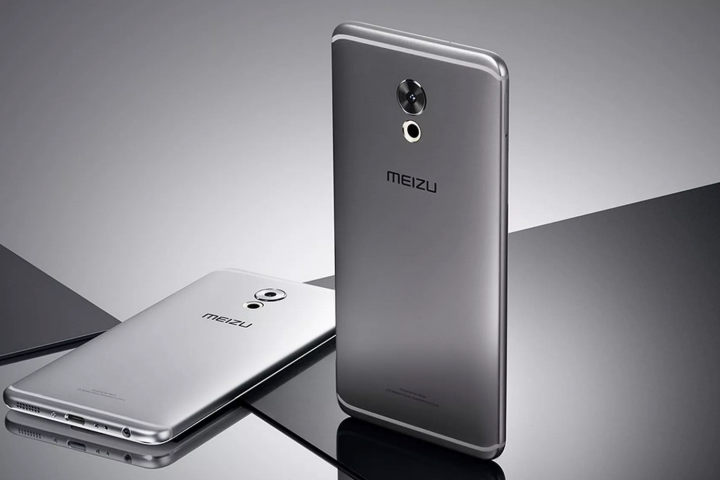
The Chinese company has launched the Pro 6 Plus, a slightly larger, somewhat redesigned version of the original Meizu Pro 6. Unlike the first Pro 6, this device looks like it could really fill the Galaxy Note 7’s shoes.
The phone boasts a 5.7-inch QHD Super AMOLED 1,440 x 2,560 display, and ironically enough, the device runs on a Samsung-built Exynos 8890 chip. The battery under the hood is pretty darn big too, sitting at a cool 3,400mAh, which is only a little less than the Galaxy Note 7’s 3,500mAh.
When it comes to the camera, the sensor sits at 12MP, which isn’t likely to be as nice as the Galaxy Note 7’s — Meizu has long had an issue with somewhat low-quality cameras, although it has made a little more of an effort in the camera department of late.The sensor in the Pro 6 Plus is built by Sony.
Of course, there are a few things that Meizu just can’t replace — the S Pen, Samsung’s software, and so on — but that doesn’t mean that you won’t get nice software. Meizu’s Flyme OS is a pretty nicely built Android overlay, and features a few very helpful features.
The main downside to the Pro 6 Plus? For now, it’s limited to Europe and Asia, so if you’re stateside, you’re going to have to keep looking for a phone to replace the Galaxy Note 7-shaped hole in your heart.
Editors' Recommendations
- Microsoft’s next event could reveal the Surface Pro we’ve been waiting for
- Watch the iPhone 14 Pro destroy this phone with a 200MP camera
- I did a Galaxy S23 Ultra vs. Pixel 7 Pro camera test — and it’s not even close
- Goodbye Samsung Galaxy Note 20, you were a terrible phone
- It’s hard to choose a winner in our Pixel 7 Pro vs. Pixel 6 Pro camera test